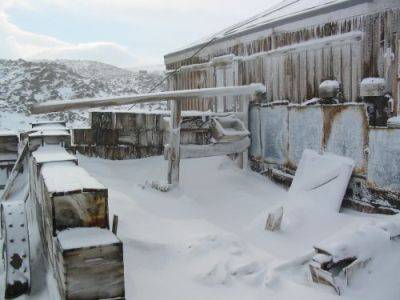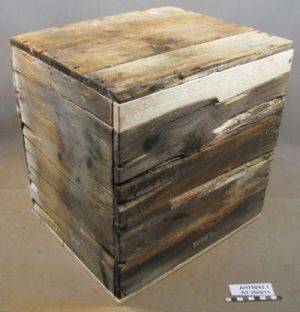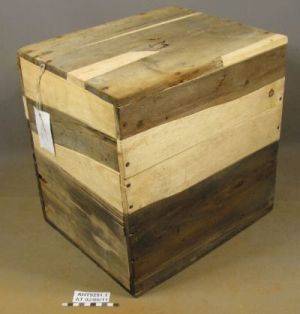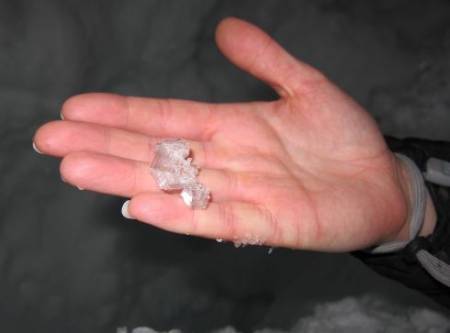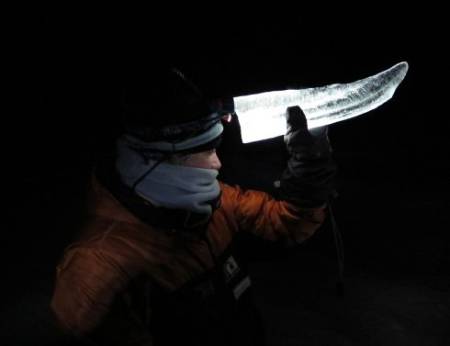Author: Jane
Date: 22nd June 2011
Temperature: -24°C
Wind Speed: 15 knots
Temp with wind chill: -45°C
It’s a tradition here at Scott Base to take a plunge into the ice cold water at Mid-Winter. As with everything else in Antarctica, it takes a huge amount of effort to set up. First, there is the hole. This can take days to dig and often needs to be cleared again the morning before the plunge as ice builds up overnight.
Despite this year’s sea ice break out at the start of Winter, the ice in front of the base was still 1.2m in depth. The snow had to be cleared from the top of the ice and then a chain saw was used to cut a hole big enough for a person to jump in.
The water tends to be warmer than the air temperature so being in the water is quite pleasant; well for about thirty seconds. It was approx -2°C in the water and the air was around -20°C.
Russell climbing out of the polar plunge hole with Troy manning the safety harness.
Credit: Petal Cottle
The most difficult part is psyching yourself up to jump into a hole in the ice that is filled with slushy water followed by climbing up the ladder into the cold air as the water freezes on you. Once you get back into the heated wannigan (an insulated container), you then have to wait for the water in your shoes to defrost enough to be able to remove them.
I suppose it doesn’t sound like the most enjoyable experience, but it is exhilarating and the closest thing we will get to a long soak in a bath down here.




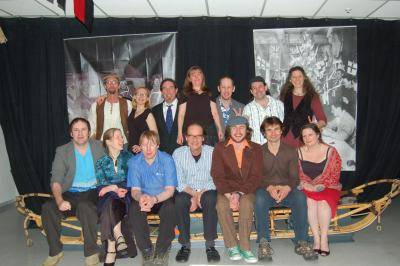
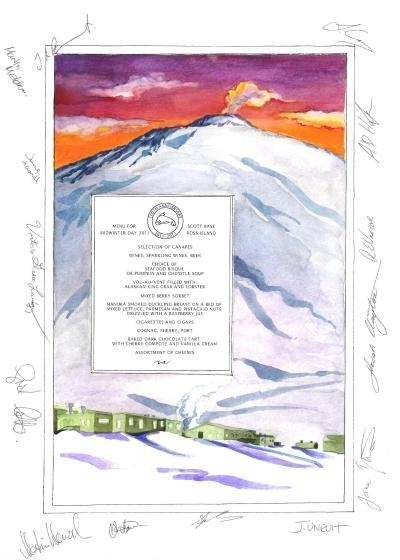

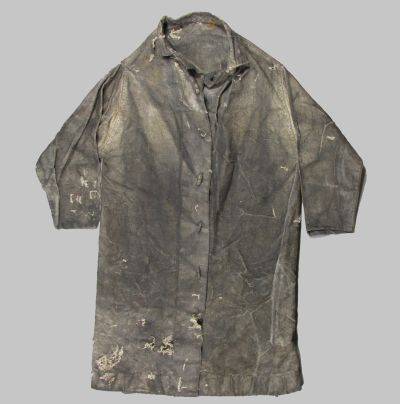
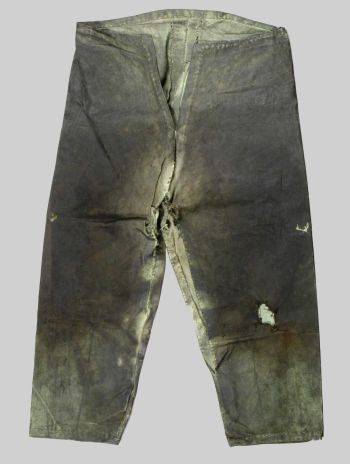
.jpg)

